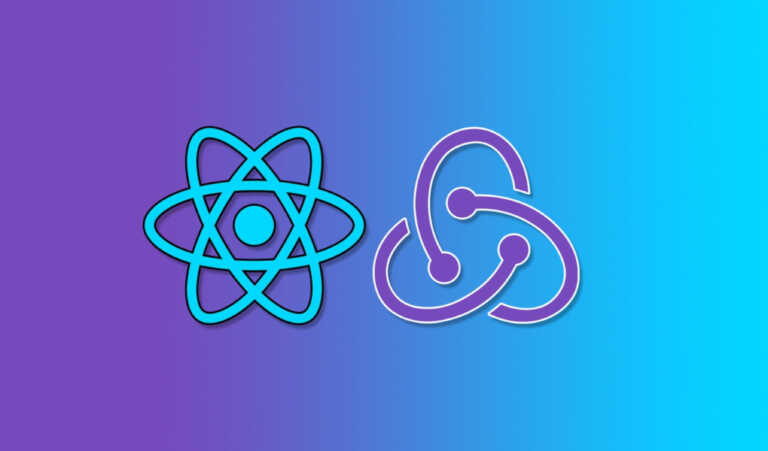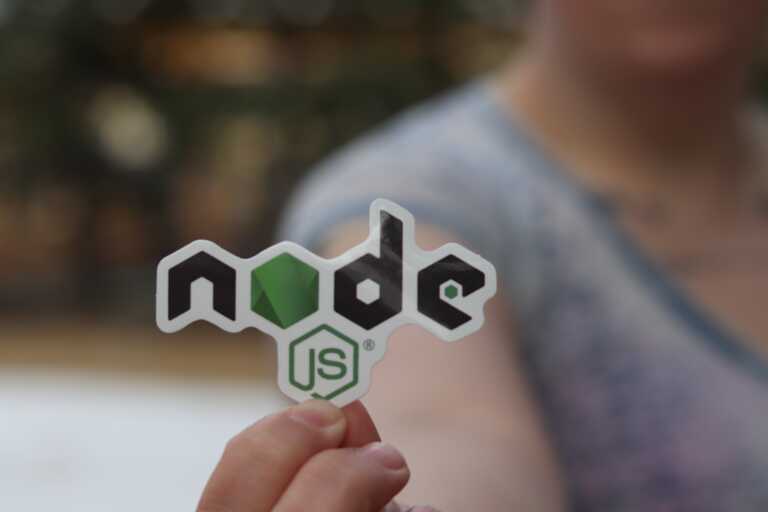How to create Full Stack Application with Node.js and React ?
In the dynamic world of web development, creating a full stack application that seamlessly integrates the front-end and back-end components is essential. In this tutorial, we’ll guide you through the process of building a full stack application using Node.js for the backend and React for the frontend. By the end of this guide, you’ll have a solid understanding of how to connect these technologies to create a robust and interactive web application.
Prerequisites:
Before you begin, make sure you have a basic understanding of JavaScript, Node.js, and React. You should also have Node.js and npm (Node Package Manager) installed on your machine.
Table of Contents:
Setting Up the Backend with Node.js:
- Creating a new Node.js project using npm.
- Setting up a server using Express.js.
- Building RESTful APIs for data communication.
- Integrating a database (MongoDB) for storing and retrieving data.
Creating the Frontend with React:
- Initializing a React application using create-react-app.
- Creating React components for different parts of your application.
- Using React Router for navigation between different views.
- Fetching data from the backend APIs and displaying it in the frontend.
Connecting the Backend and Frontend:
- Making API requests from the React application using tools like Axios or the built-in Fetch API.
- Sending and receiving JSON data between the two ends.
- Handling CORS (Cross-Origin Resource Sharing) to ensure secure communication.
User Authentication and Authorization:
- Implementing user registration and login functionality.
- Using authentication middleware on the backend.
- Managing user sessions and tokens.
- Restricting access to certain routes based on user roles.
Styling and UI Enhancements:
- Adding CSS frameworks like Bootstrap or styling with CSS-in-JS libraries.
- Creating a responsive and visually appealing design.
- Incorporating UI components for a better user experience.
Deployment and Hosting:
- Preparing your Node.js backend for deployment.
- Building a production-ready React frontend.
- Deploying the backend on platforms like Heroku or AWS.
- Hosting the React frontend using platforms like Netlify or Vercel.
Conclusion:
Building a full stack application using Node.js and React opens up a world of possibilities for creating dynamic and feature-rich web applications. By following the steps outlined in this tutorial, you’ll have a solid foundation for creating your own projects that integrate the power of both technologies. As you continue to explore and learn, you’ll be able to further enhance your application with additional features, optimizations, and integrations.
Remember, practice makes perfect! Don’t hesitate to experiment and explore different libraries, tools, and techniques to take your full stack development skills to the next level. Happy coding!
Useful Resources:
- Node.js Official Documentation
- Express.js Documentation
- React Official Documentation
- create-react-app Documentation
- Axios – Promise based HTTP client for the browser and Node.js
- MongoDB Official Documentation
- Heroku – Cloud Application Platform
- Netlify – All-in-one platform for modern web projects
- Vercel – Develop. Preview. Ship.








How to create Full Stack Application with Node.js and React ?